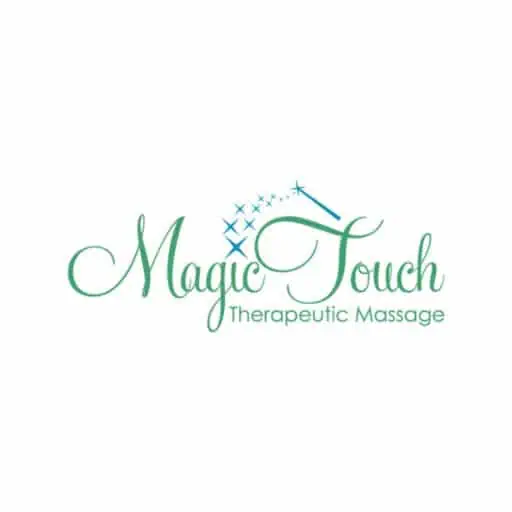Neuromuscular massage therapy, also called myofascial trigger point therapy or myofascial release, is a specialized form of massage that involves the application of firm, sustained, and controlled pressure over painful, taut bands of muscle, called myofascial trigger points, to release tension and facilitate blood flow. Strained areas are called tender or trigger points, and they tend to be the cause of ongoing muscular pain symptoms. These trigger points are small areas of the muscle in which there is a trauma or micro-trauma, contracture of tissue, and the lack of blood and nutrients in that area causes an inability for that muscle to relax. The area is hypersensitive and can cause pain, fatigue, and weakness in the muscle.
Trigger points can lead to referral pain, which refers to a phenomenon in which areas far away from the trigger point experience sensations of pain, tingling or numbness. Trigger points in a muscle fiber can cause pain, weakness, or both. NMT not only tries to immediately address pain that is current, but also attempts to get at the root of the problem by considering perpetuating factors that may be preventing the pain from resolving.
Neuromuscular massage therapy involves applying alternating levels of concentrated pressure to the trigger point – usually using the fingers, knuckles or elbow. Neuromuscular massage or trigger point therapy aims to relieve stress and release tension in the trigger point. The goal of applying sustained pressure is to manually “soften” the fibers and make them “loose.” After the fibers are loosened, blood flow is stimulated into the area (which was previously deprived of adequate blood and oxygen) to foster healing and eventually relieve pain. Massage therapists trained in neuromuscular massage can pinpoint trigger points by understanding the pain patterns of the patient.

A deep tissue massage is a form of massage that is generally used to address muscle aches and pains associated with daily stress. Deep tissue massage is usually administered on an on-off basis whenever a client decides they need deep stress relief and rejuvenation. Neuromuscular massage techniques, on the other hand, are medical in nature. These manual therapy techniques are highly-specialized and are designed to correct pain and movement dysfunction by treating trigger points, muscle adhesions, and connective tissue patterns. The problems are normally caused by a specific trauma, repetitive movements or even bad posture. Neuromuscular massage is considered an ongoing treatment – not just something a person does whenever they feel a little sore. Deep tissue is better aimed at that. Muscles that are in spasm will be painful to the touch. However, NMT does not have to hurt to be helpful.
Proper application results in a comfortable treatment that only causes minor levels of discomfort. Trigger point massage therapy may help loosen tight muscle tissue and improve muscle balance, allowing patients to have better posture and support their spine. The range of motion of joints is also enhanced due to the improved health of muscle tissue that attaches to the joints. This helps to naturally bring the body back into alignment.
Whether you have pain resulting from a sporting injury, an auto accident or bad posture, neuromuscular therapy is often the ideal treatment. Some of the medical issues for which neuromuscular massage can be an appropriate treatment include:
- Low back pain
- Upper back pain
- Carpal tunnel-like symptoms
- Sciatica-like symptoms
- Calf cramps
- Plantar fasciitis
- Tendonitis
- Knee pain
- Jaw pain
- Tempo mandibular joint pain (TMJ disorders)
- Hip pain
- Headaches
- Iliotibial band friction syndrome
Some of the techniques can also be applied to acute injuries and for post-surgical care; many help to improve performance in sport or dance and to prevent injuries due to these activities. Beyond all the serious issues it helps with, this type of therapy is a form of massage, which means you’re guaranteed to feel a lot more relaxed afterwards, with tight muscles feeling noticeably less tense for several days after the session. A therapist trained in trigger point massage can examine the muscle and evaluate the number of therapy sessions that may be needed to improve tone, balance, and muscle strength. Massage is usually tolerated by most patients and provides localized and systemic benefits, improving overall well-being and quality of life.
- About the Author
- Latest Posts
Established in Slidell in 2016, Magic Touch Therapeutic Massage and Spa has been dedicated to enhancing well-being through specialized massage and healing techniques. With over two decades of experience, our services range from deep tissue and medical massage to myofascial release and trigger point therapy. Our intuitive and skilled approach has successfully treated a variety of conditions, including sciatic pain, fibromyalgia, and migraines, offering not just relief but a renewed sense of well-being.


